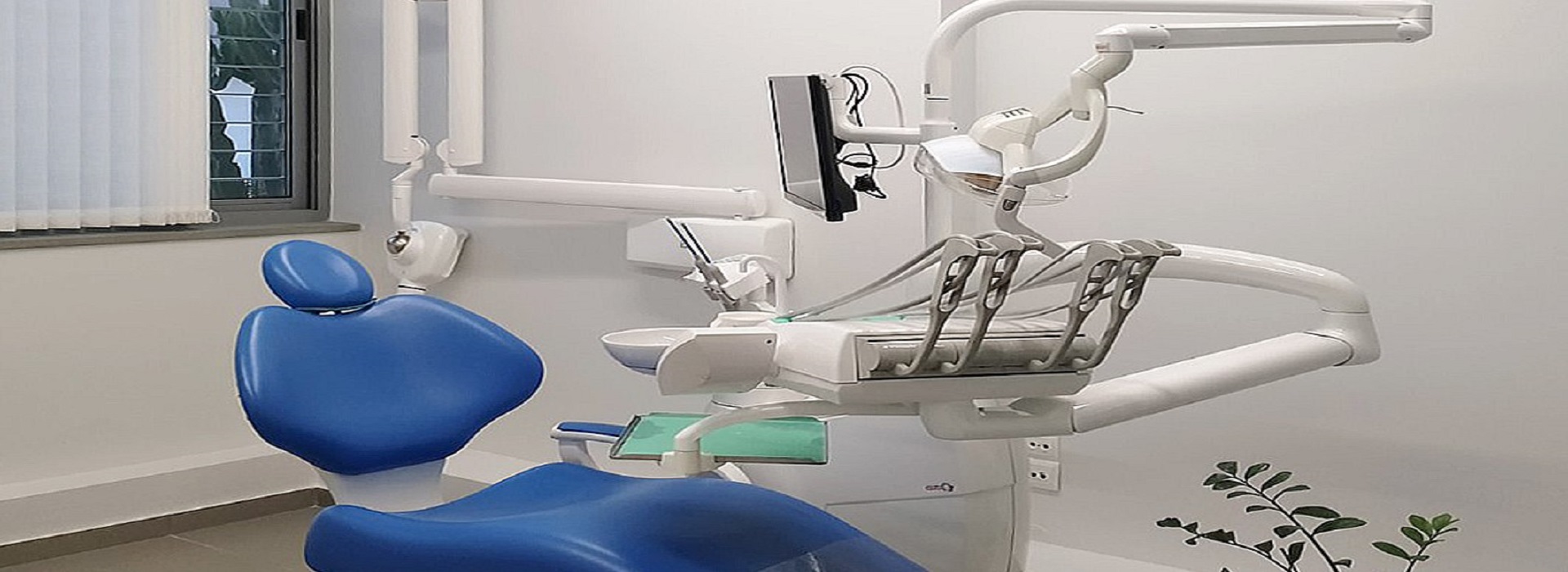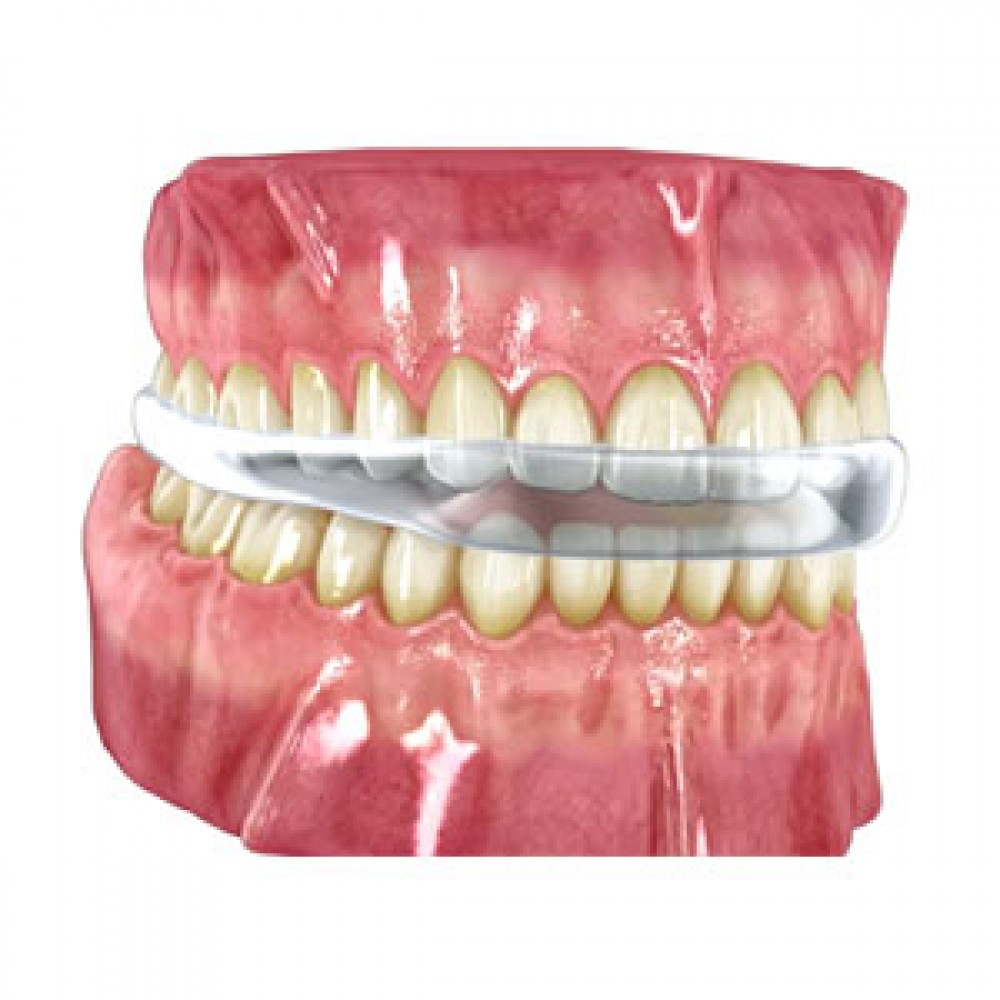Bruxism is a non-normal (abnormal) habit that is characterized by tightening or gritting of teeth that can occur both during the day and unconscious during nighttime sleep
It is present in a significant number of people even in children. Patients often recognize the problem of bruise either because they perceive it when they clench their teeth during the day or by the noise that makes their teeth grind at night. A large part of the population may not know they are bruxists.
Another
sign indicating bruxism is the characteristic abrasions on the cutting and
chewing surfaces of the teeth, which the dentist finds during the clinical
examination. Usually the Bruxists show these characteristic abrasions but these
do not always exist.
Bruxism has multifactorial aetiology.
Because bruising often occurs during the night, the physiology of sleep has been extensively studied. Recent research suggests that brugality is associated with sleep disturbances as well as difficulty breathing during sleep with a more prominent example of Obstructive Sleep Apnea. In addition, there are strong indications that brugality is associated with disorders of the central nervous system.
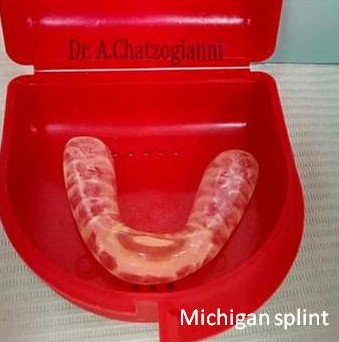 A large number of psychosocial factors that affect our lifestyle seem to
increase the likelihood of bruising. People with anxiety or simply anxious and
intense lifestyle appear to be at a higher risk of bruising. Stress seems to be
mainly a bogey during the day and not a night bark. A high-risk group also
includes people with depression, smokers or substance abuse people.
A large number of psychosocial factors that affect our lifestyle seem to
increase the likelihood of bruising. People with anxiety or simply anxious and
intense lifestyle appear to be at a higher risk of bruising. Stress seems to be
mainly a bogey during the day and not a night bark. A high-risk group also
includes people with depression, smokers or substance abuse people.
Typically,
the Bruxists show some characteristic symptoms, some of which disappear when
bruising stops. These symptoms do not always appear and not the same gravity in
everyone.
The most typical of these are:
Headaches (especially
after breakfast wake up)
Pain in
the ear area (not associated with ear pathology such as otitis)
Muscle
pain or gait in the area of the face, the temples, the neck and /
or the shoulders
Pain
when chewing
Difficulty
in opening the mouth
Annoyances
and / or sounds in the area of the temporomandibular structure
Sounds
from teeth grinding during sleep
Characteristic
abrasions on the chewing and tearing surfaces of the teeth
Cracks
and fractures in teeth, impurities and dental work
Sensitivity
to teeth
Impressions
on the sides of the tongue
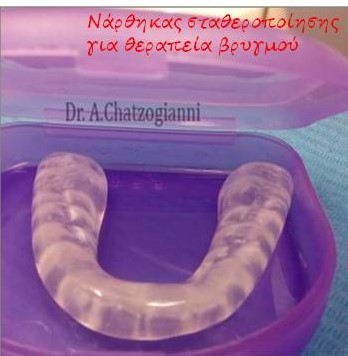 Tackling
bruise begins with the recognition of the problem. The bruising that occurs
during the day is mainly due to behavioral change. The patient learns to
perceive the moment he tightens his teeth and then consciously stops the bruise
and makes sure he relaxes his jaw and keeps the teeth in their normal position
and not in contact with each other. As far
as night barking is concerned, the most important part of the treatment
involves the construction of a suitable personalized rigid acrylic narthex
which the patient wears overnight. This splint, if properly designed, helps to
protect the teeth and relax the masseter muscles that over-function during
bruising.
Tackling
bruise begins with the recognition of the problem. The bruising that occurs
during the day is mainly due to behavioral change. The patient learns to
perceive the moment he tightens his teeth and then consciously stops the bruise
and makes sure he relaxes his jaw and keeps the teeth in their normal position
and not in contact with each other. As far
as night barking is concerned, the most important part of the treatment
involves the construction of a suitable personalized rigid acrylic narthex
which the patient wears overnight. This splint, if properly designed, helps to
protect the teeth and relax the masseter muscles that over-function during
bruising.
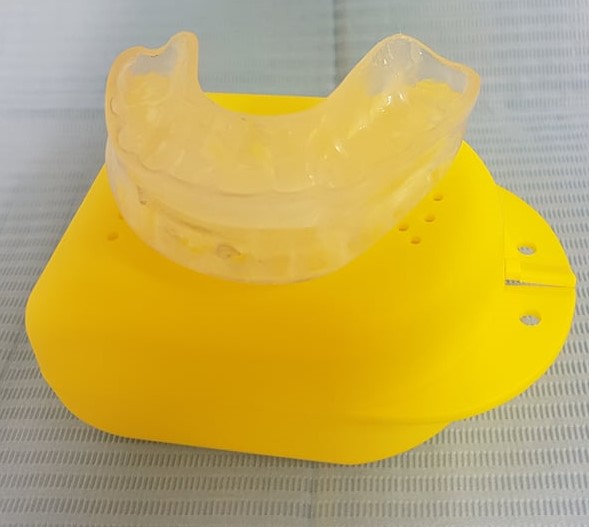
Particular care must be taken in selecting a suitably constructed
burglar splint. An inappropriate splint is not simply ineffective, but it can
also ggravate the events of the bruise.
The
most important element a burglar splint must meet is that it is specifically
made for the particular patient who will use it and fit perfectly in its
denture. Prefabricated dumbbells that are marketed do not ensure proper fit and
are at risk of leaving their sleeping position.

